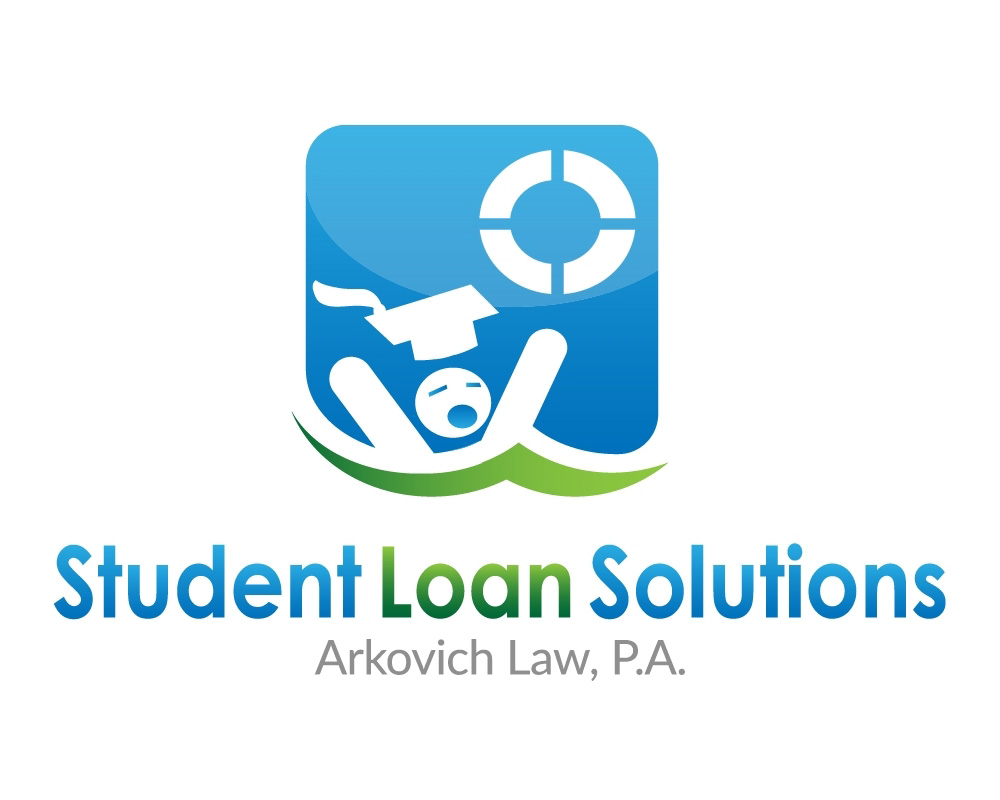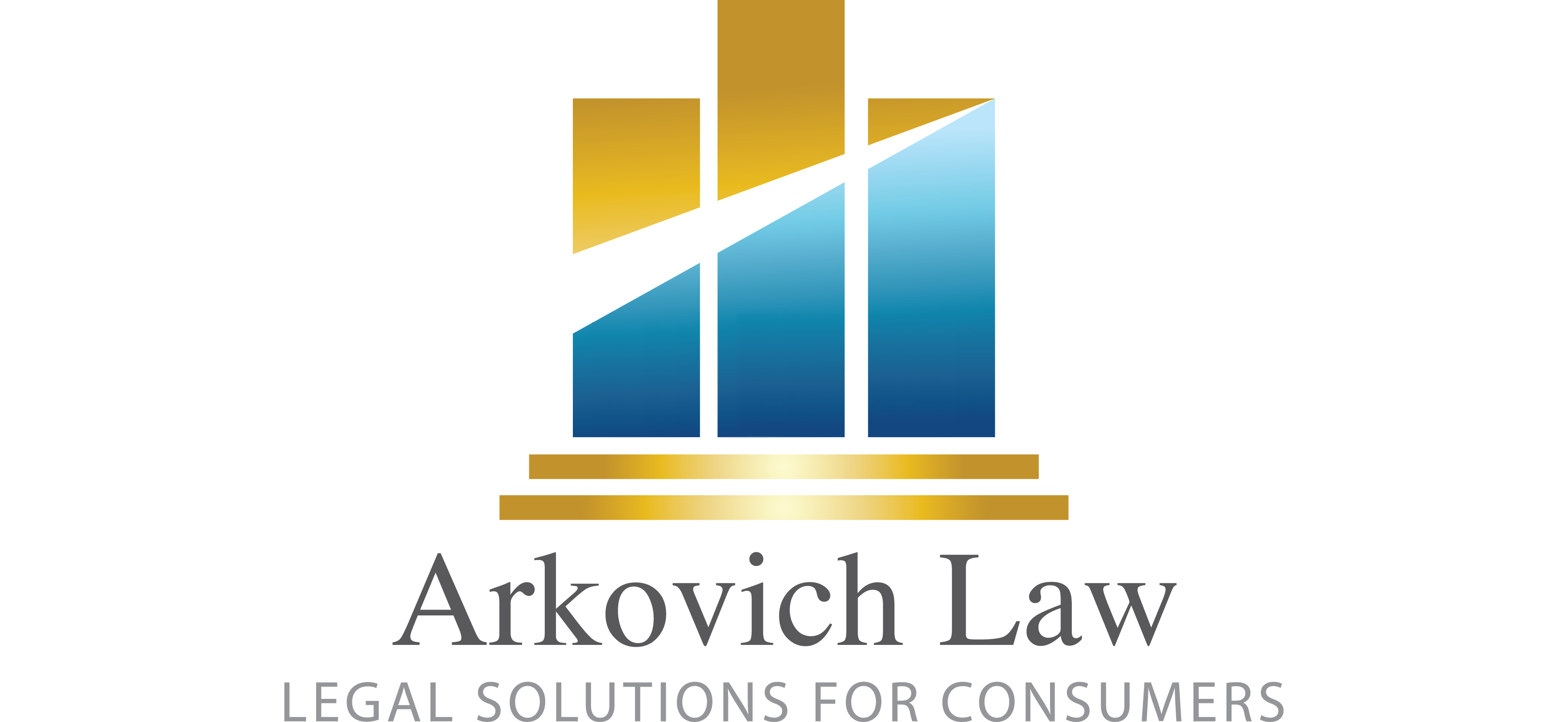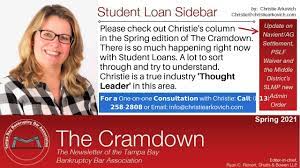 We’ve just learned that the U.S. Supreme court denied the 10k-20k forgiveness of federal student debt that was pending. We were expecting that. Unfortunately, most of our clients owe so much more anyway, and the other programs out there are doing so much more to get rid of this debt.
We’ve just learned that the U.S. Supreme court denied the 10k-20k forgiveness of federal student debt that was pending. We were expecting that. Unfortunately, most of our clients owe so much more anyway, and the other programs out there are doing so much more to get rid of this debt.
There are some things that will be coming out due to this decision that everyone should be aware of:
- Servicers are being instructed to provide borrowers a 3-month “grace” or “safety net” period during which borrowers will not be treated as delinquent if they miss payments (though interest will continue to accrue). That 3-month period may be extended.
 Reboot Your Life: Tampa Student Loan and Bankruptcy Attorney Blog
Reboot Your Life: Tampa Student Loan and Bankruptcy Attorney Blog




